WP_Post Object
(
[ID] => 4645
[post_author] => 12
[post_date] => 2020-11-23 01:40:52
[post_date_gmt] => 2020-11-23 07:40:52
[post_content] =>
Rosalie Tsannie-Burseth has been a leader in the field of education for 30 years as a teacher, principal, and director of education. She is also a vocal advocate for the preservation of Indigenous language and culture, and serves as a role model for many.
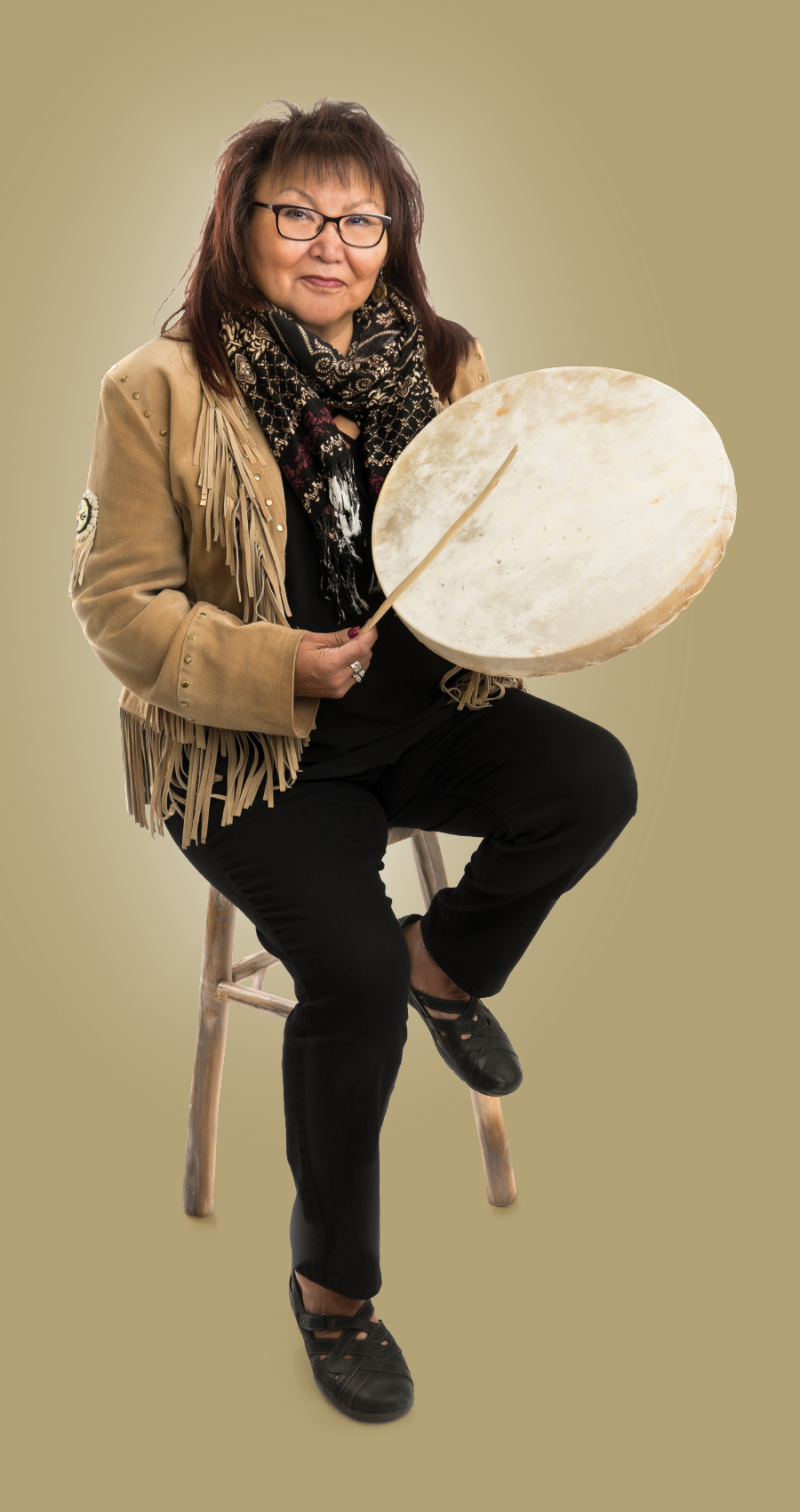
"I love teaching. My goal was to teach Grade 5; however, the principal at Wollaston Lake School convinced me that I would do well with the little ones. When I started in 1987, I discovered that not one child spoke English. I took the opportunity to integrate the Dene language into the English kindergarten curriculum. It was then I realized the fun of teaching. When you create a nurturing environment for students, at any grade, the possibilities are endless."
Tsannie-Burseth has overcome many obstacles to become the respected trailblazer she is today. She is a residential school survivor who persevered despite being taunted and forbidden to speak her language. She defied cultural expectations with her education and career path, paving the way for other women in her community and beyond.
"I attended residential school in the early 1960s," she says. "I made plans then to become a teacher. My education curriculum at the residential school was not based on my linguistic nor socio-cultural background. At the same time, I always thought education was important, and knew I would teach someday."
When time permits, Tsannie-Burseth enjoys writing about Dene history and teaching methodology and pedagogy. She also works tirelessly to ensure Indigenous languages are preserved and suggests all Saskatchewan residents can help their safeguarding by supporting research that analyzes the state of Indigenous languages in Saskatchewan.
Tsannie-Burseth has served as the director of education at Hatchet Lake First Nation, as Chief of the same community and, most recently, as associate director with the Prince Albert Grand Council. She has received numerous awards, including the Governor General's Citizenship Award, Awasis Award, Role Model Award, Women of the Dawn Award, and Lieutenant Governor's Award. While she is grateful for all the recognition that has come her way, receiving a distinguished alumni award from her alma mater is especially gratifying.
"Receiving this award is amazing. It means that I have contributed to my lifelong passion-teaching. I have had many compliments about receiving the award, mostly from women, and they tell me I am their mentor and role model."
Tsannie-Burseth comes from a large, close-knit family of eleven children. Before her father passed away two years ago, he passed on many teachings that Tsannie-Burseth is dedicated to passing on to her three children and others. Her mother also lives at Wollaston Lake.
She loves to fish, pick berries and camp at Wollaston Lake. She is also an avid caribou hunter who admittedly hasn't hunted for a few years because of the declining numbers of the species. She enjoys photography and takes photos of Elders, northern landscapes and family members. She lives with her husband, Robert Burseth, at MacDowall, Saskatchewan. She is currently working on a doctorate degree at the U of R that explores building curriculum that promotes Indigenous language and culture.
[post_title] => Rosalie Tsannie-Burseth MEd’01 Distinguished Professional Achievement Award
[post_excerpt] => Rosalie Tsannie-Burseth MEd’01 is this year's ACAA recipient of the Distinguished Professional Achievement Award.
[post_status] => publish
[comment_status] => open
[ping_status] => open
[post_password] =>
[post_name] => 4645-2
[to_ping] =>
[pinged] =>
[post_modified] => 2020-12-01 13:14:29
[post_modified_gmt] => 2020-12-01 19:14:29
[post_content_filtered] =>
[post_parent] => 0
[guid] => https://www.degreesmagazine.ca/?p=4645
[menu_order] => 0
[post_type] => post
[post_mime_type] =>
[comment_count] => 0
[filter] => raw
)
WP_Post Object
(
[ID] => 4236
[post_author] => 7
[post_date] => 2020-11-23 02:15:57
[post_date_gmt] => 2020-11-23 08:15:57
[post_content] =>
An uncanny quiet descended over the globe in mid-March of this year, as governments and public health agencies everywhere issued stay-at-home orders in response to the global COVID-19 pandemic. Activities on the usually bustling campus of the University of Regina came to an abrupt halt, disrupting the familiar rhythms of the school year. The sudden and unexpected end to in-person classes and the transition to online course delivery came as the U of R's Faculty of Engineering and Applied Science was marking its 75th anniversary.
"Within a week everything changed," is how Nicole Rodgers, a fourth-year Environmental Systems Engineering student and president of the Regina Engineering Students' Society (RESS), sums it up. The story of the lockdown and the ensuing transition to online learning will become another memorable milestone in the history of the engineering program in Regina at some future date. In the immediate aftermath of the lockdown, however, the focus for students and academic staff members was on adapting to teaching and learning in new ways. Rodgers and her fellow students shared many uncertainties: how courses and labs would be delivered; how assignments would be completed; and the status of the classes they were currently completing. "I was wondering what all of that would look like," she says.
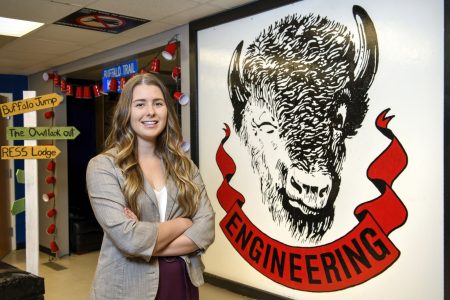
Nicole Rodgers, a fourth-year Environmental Systems Engineering student and president of the Regina Engineering Students' Society.
Esam Hussein, dean of the Faculty of Engineering and Applied Science, faced those same questions. He and fellow faculty members held a series of online meetings to discuss how to adjust best practices in teaching, assessing, examining and monitoring attendance using platforms like Zoom. The Faculty's Academic Assembly, now conducted online, regularly discusses methods of course delivery and lab work. "We learned how better to prepare exams and quizzes, and how to design projects for our students," Hussein notes.
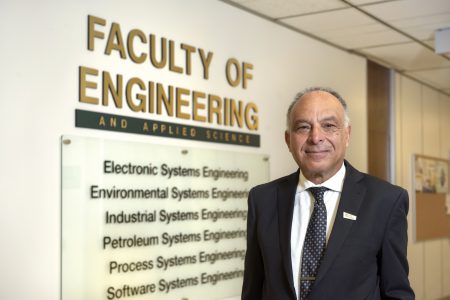
Dean Esam Hussein the Faculty of Engineering and Applied Science.
After organizing a quick pivot to online course delivery, David deMontigny BASc'96, MASc'98, PhD'04, the associate dean (Academic), led an online town hall with students to explain how their courses would be delivered and to answer their questions.
One of the immediate decisions he had to make, Hussein explains, was either to cancel Project Day-an important event for fourth-year students, and their family and friends-or offer it in a modified form. Project Day is usually a one-day public event where students present their final-year design projects, known as capstone projects, in concurrent sessions. Hussein decided to cancel the face-to-face event and asked each of the five program chairs to devise a way to hold Project Day at
a program level. This year, student presentations were hosted online and spread over several days, with practicing engineers helping evaluate the projects. "The program chairs handled it very well," Hussein says. "We will likely handle Project Day that way until it is safe to return to face-to-face."
In 1934, Regina College affiliated with the U of S and was renamed University of Saskatchewan, Regina Campus. It was in this role as a junior college that it began offering first-year engineering courses in 1945-46 to help alleviate overcrowding at the University of Saskatchewan.
One of the questions faced by people everywhere, of course, is what happens when you don't have that face-to-face interaction with people outside your immediate circle? The Faculty is doing whatever it can to build community by encouraging meaningful interactions between students and staff, and among students, Hussein says. Rodgers admits she misses being around her classmates and having informal chats with her professors after class. As RESS president, she has led the efforts to move events online to promote the social aspect of university life. "It is important, especially for first-year students, to make those connections," she says.
Despite the pandemic, the Regina Engineering Students' Society continued to organize activities, including the September Engineering 1-4 event, where practicing engineers provided students with information about their work experiences and advice on job hunting.
The next major advance occurred in 1966, when Regina Campus began offering second-year courses under the aegis
of the newly-created College of Engineering (re-named later
as the Faculty of Engineering).
The pandemic is by far the greatest challenge the Faculty has faced in its history, but certainly not the only one. Growing up in the shadow of the larger program in Saskatoon, the U of R Engineering program has had to work hard to build its own identity. The U of R traces its origins to Regina College, which was established in 1911 as a residential high school. In 1934, Regina College affiliated with the U of S and was renamed University of Saskatchewan, Regina Campus. It was in this role as a junior college that it began offering first-year engineering courses in 1945-46 to help alleviate overcrowding at the University of Saskatchewan. The influx of returning veterans at the end of World War II had caused enrolment to double almost overnight. Under this arrangement, students in Regina still had to move to Saskatoon to complete their degree from the University of Saskatchewan.
The next major advance occurred in 1966, when Regina Campus began offering second-year courses under the aegis
of the newly-created College of Engineering (re-named later
as the Faculty of Engineering). Included with this move was
a promise that third and fourth-year courses would be added at some indeterminate future date when an engineering building was built. At the time, classes were held on what is now the College Avenue Campus, which consisted of the original College Building and a few other buildings added later.
Harald Berwald began working in what was called the Science Building on the original campus in 1971. He was a tool and die maker, responsible for designing, building and creating devices or apparatus needed by professors, researchers or lab instructors to explain concepts or develop projects. The shop was so under-equipped at first that Berwald brought his own tools from home. He retired 43 years later, having witnessed decades of changes in the Faculty and the University. "It was interesting work with interesting people," Berwald says, "although sometimes what
I had to work with-literally-was a sketch on a napkin."
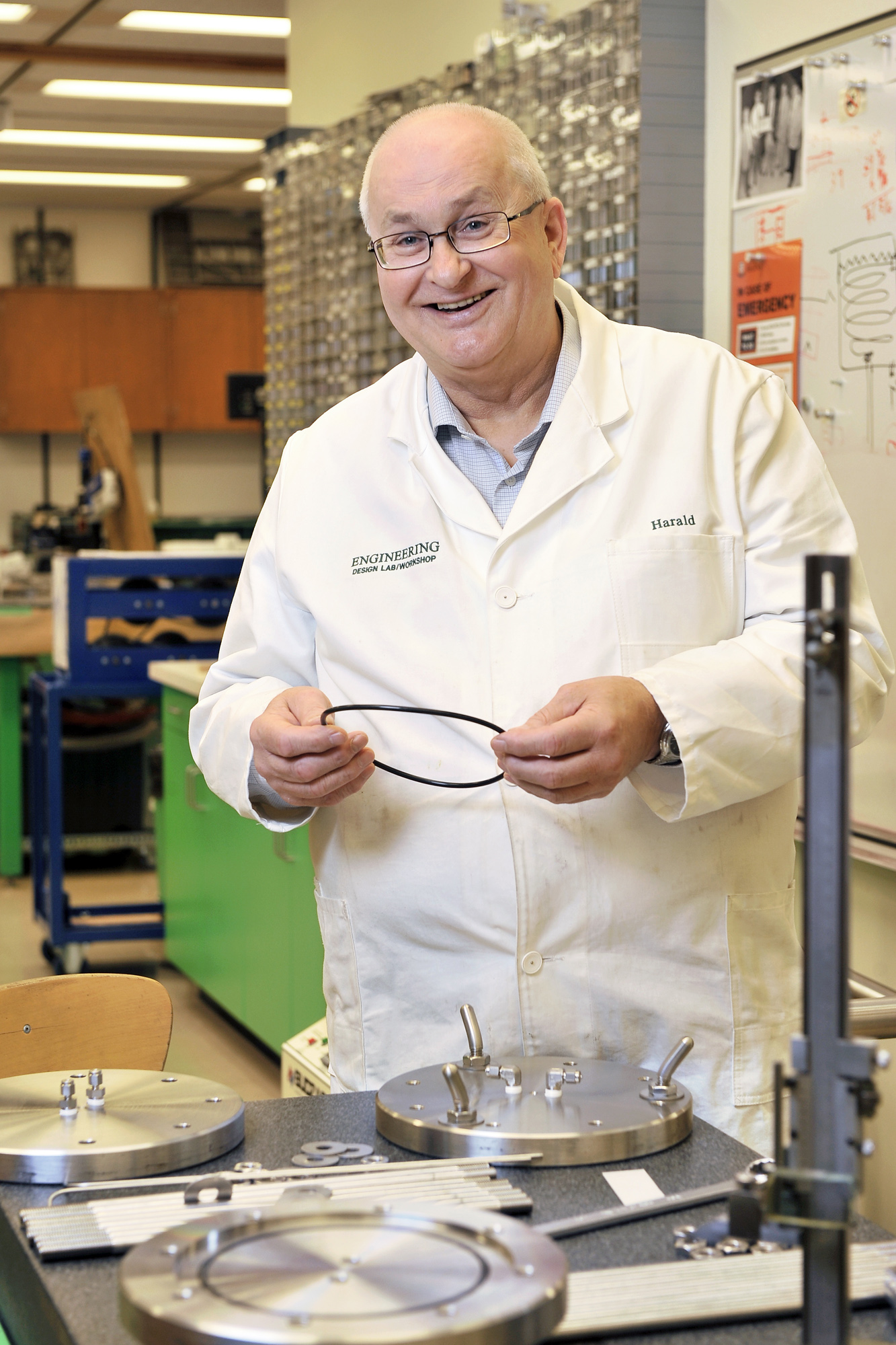
Harald Berwald began working in what was called the Science Building on the original campus in 1971. He retired 43 years later. (Photo by Don Hall)
Elevating the status of the engineering school, even though only the first two years were offered in Regina, raised questions on the sensitive subject of having two engineering programs in one small province. The principal of Regina Campus, William Riddell, addressed the question by stating that the fields of specialization offered in Regina would complement-not duplicate-the programs offered in Saskatoon. In 1969, the first dean of the newly-created Faculty, John Mantle, and his colleague Cameron Blachford, further differentiated the program by founding a co-op program, where engineering students would spend one semester doing practical work in the engineering field for every two semesters spent in the classroom. Regina was among the first schools in North America to implement such a program, and the first in
Western Canada. It has been an unqualified success.
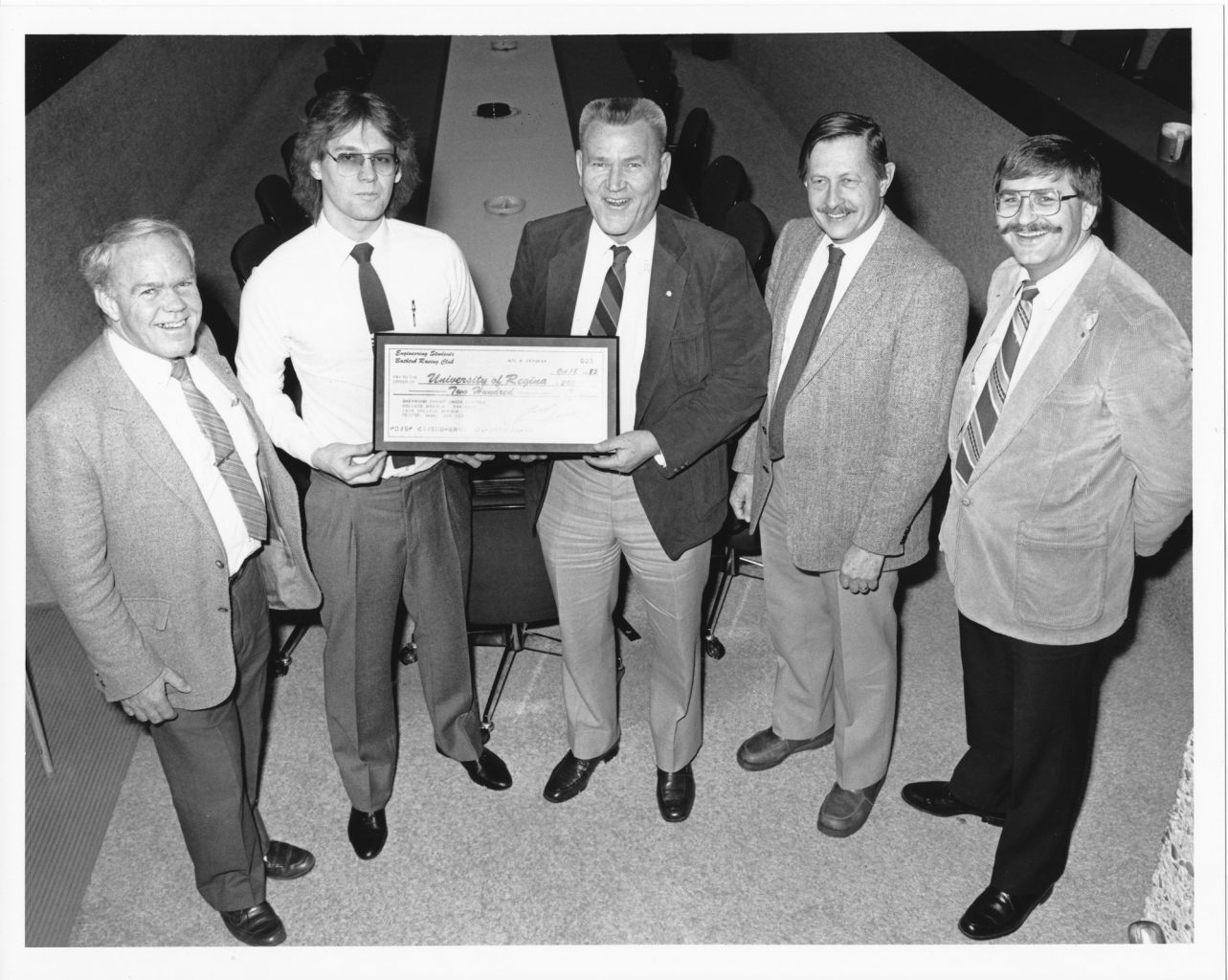
Engineering faculty members and then U of R president Lloyd Barber present the Bathtub Club cheque in 1985.
Art Opseth, who began his distinguished teaching career in 1974 and served as the co-op coordinator for engineering students, says he could tell which students had completed
a work term. "They had a more realistic view of their studies and they tended to do better in the classroom," he observes. Simi Falaye BASc'18, who received his degree in Software Systems Engineering in 2018 and participated in four work terms, credits the co-op program for improving his confidence in preparing for job interviews, practising his technical skills and interacting with other professionals.
Art Opseth enjoyed a long and distinguished teaching career in the faculty beginning in 1974. He also served as acting dean and assistant dean and is currently a member of the U of R Board of Governors. (Photo by Don Hall)
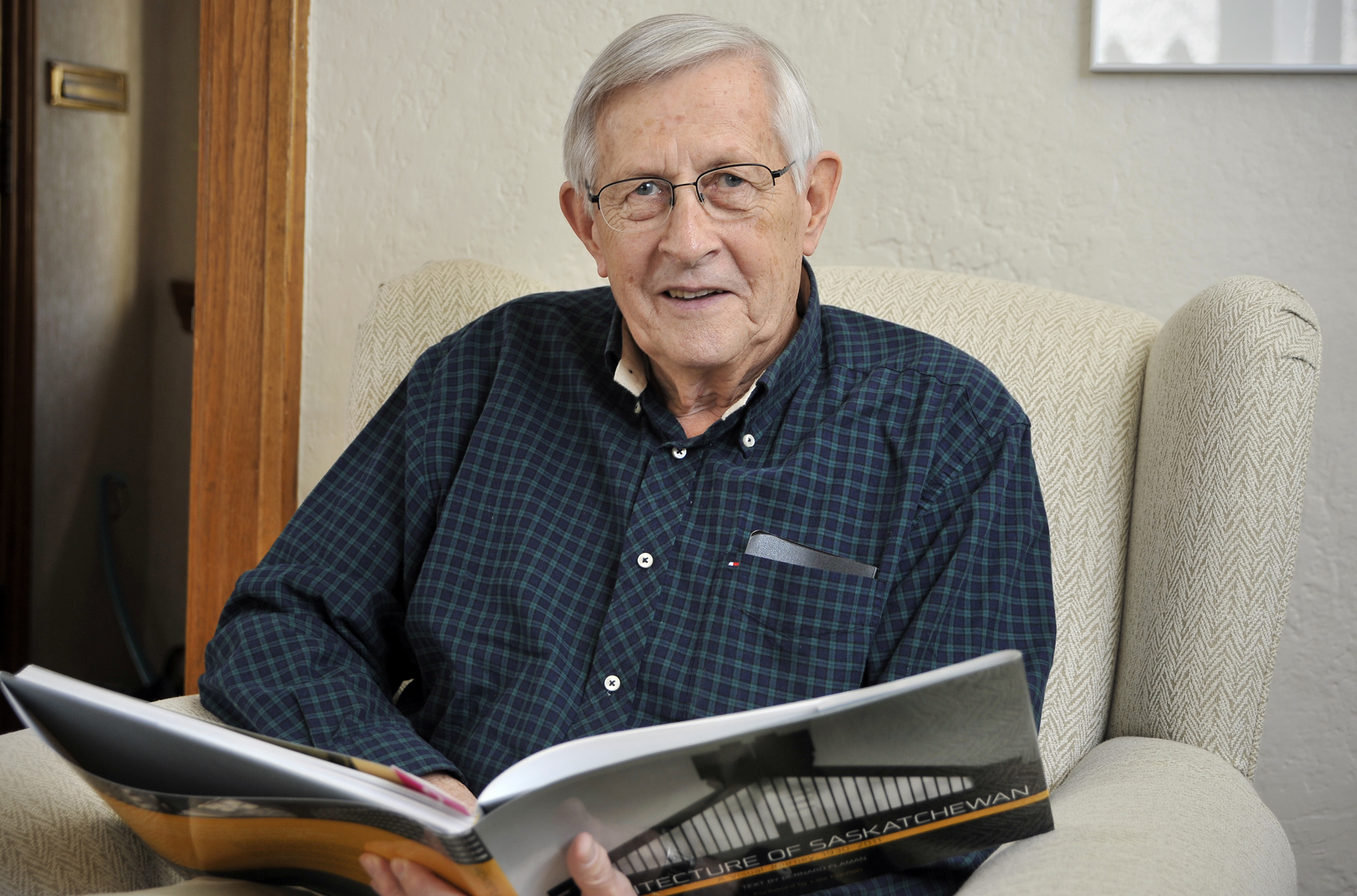
The program (now called the Co-operative Education and Internships program) has evolved to become a stand-alone program available to U of R students in many faculties. The annual Mantle-Blachford Award, created to honour the co-founders, provides a scholarship to the co-operative education student of the year.
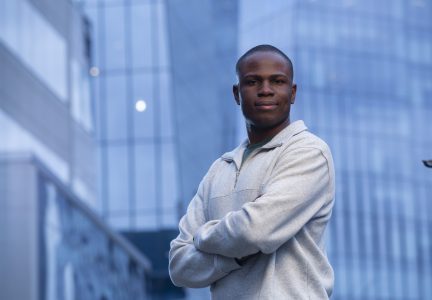
Simi Falaye received his degree
in Software Systems Engineering in 2018 and participated in four co-op
work terms. (Photo by David Stobbe)
Despite the moves made to establish a distinctive program, the program suffered a setback in the 1970s. Instead of advancing toward offering four years of courses, cutbacks in provincial funding cast doubts on the program's very existence for a while. One consultant recommended it be shut down, but the Board of Governors rejected that idea. Another study recommended that Regina specialize in industrial and electronic systems engineering. Opseth, who currently sits on the University's Board of Governors, strongly believed that the program should continue. "We had work study and systems engineering, and good, hardworking people in the Faculty," he says. "With the systems approach, we had the broad, comprehensive aspects of engineering, while in Saskatoon they studied the depths of things. They did complement each other."
Looking back, Hussein adds, the suggestion that the College adopt a systems concept was significant. "Adopting systems programming was very forward-looking. Events have shown that the systems approach is a very effective way of looking toward how the future of engineering is practised."
Many graduates of the U of S, Regina Campus completed their degrees under the "two-plus-two" arrangement that continued until the 1980s. Carlyle Murray BASc'81 was what you might call a mature graduate, taking classes on a part-time basis while he worked as a civil engineering technologist for engineering firm R. J. Genereux and Associates. "There were projects where a recent graduate engineer and a technologist with practical field experience were on a construction site together," Murray observes. "That gave me the financial incentive-along with support from my wife and my employer-to pursue a degree in engineering to advance my career and increase my earning power."
Murray graduated in 1981 with a degree in Regional Systems Engineering, Transportation Option. In total, he worked for Genereux for 25 years. His next position was with the City of Regina. He is currently employed by Stantec Consulting.
Gary Bosgoed was another student who began his studies in Regina before transferring to Saskatoon, although he was happy to return to Regina to receive his degree in Industrial Systems Engineering in 1983. Bosgoed, who operates a consulting business and sits on the University's Board of Governors, urges students not to race through to receive their degree, but to take multiple co-op work terms. "The work terms become foundational," he states. "They are the best sweet spot of the learning curve. They are how you acquire a sense of how teams work."
Bosgoed says being an Indigenous student in the 1970s wasn't a topic, and that the University is doing a great job of Indigenization on campus, with more supports and programming. However, perhaps reflecting his entrepreneurial background, he would like to push the U of R further to
build more relationships with Indigenous businesses and encourage more Indigenous graduates to be entrepreneurs
and wealth creators.
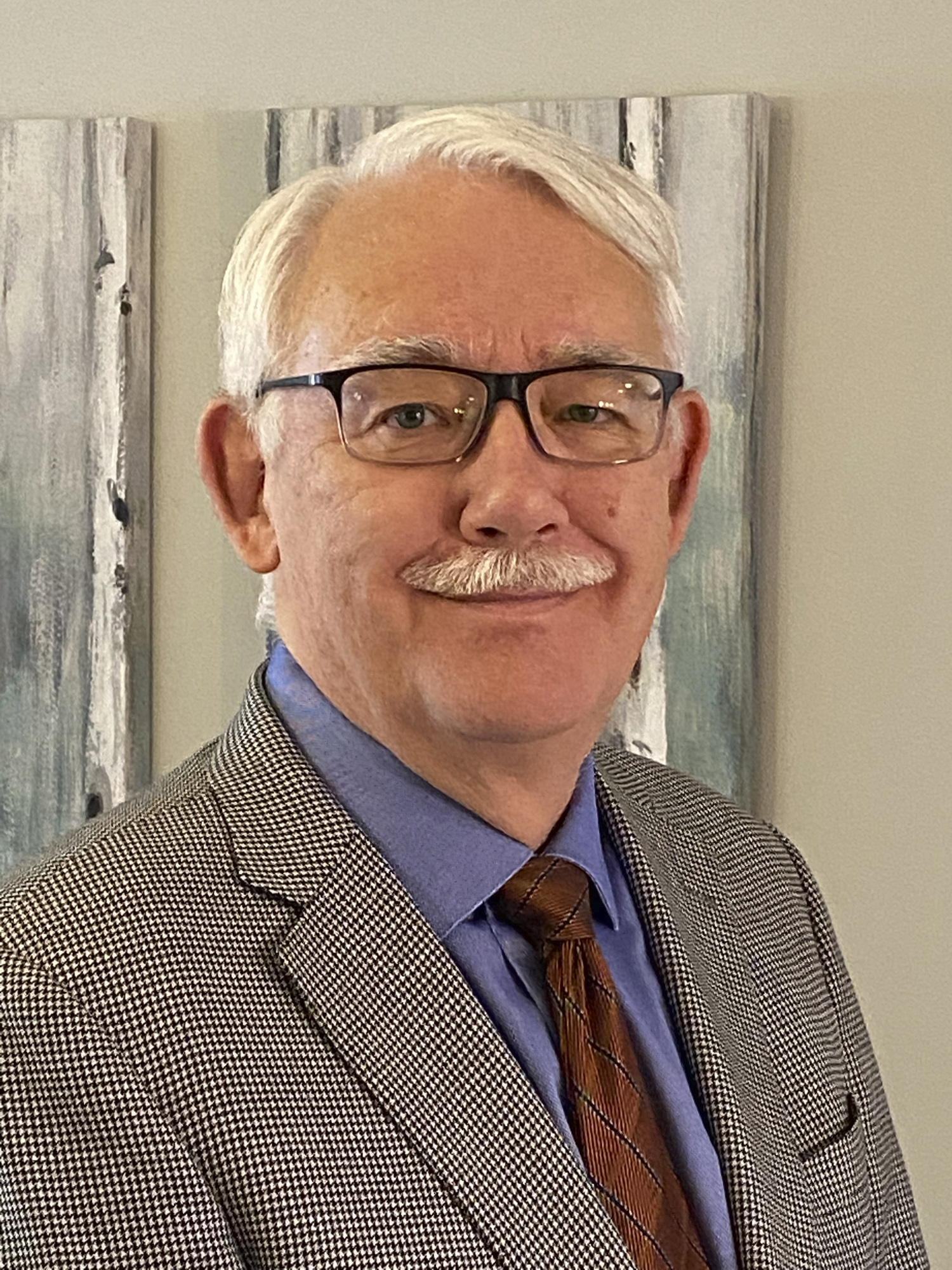
Gary Bosgoed earned his degree in Industrial Systems Engineering in 1983. He operates a consulting business in Edmonton and sits on the University's Board of Governors.
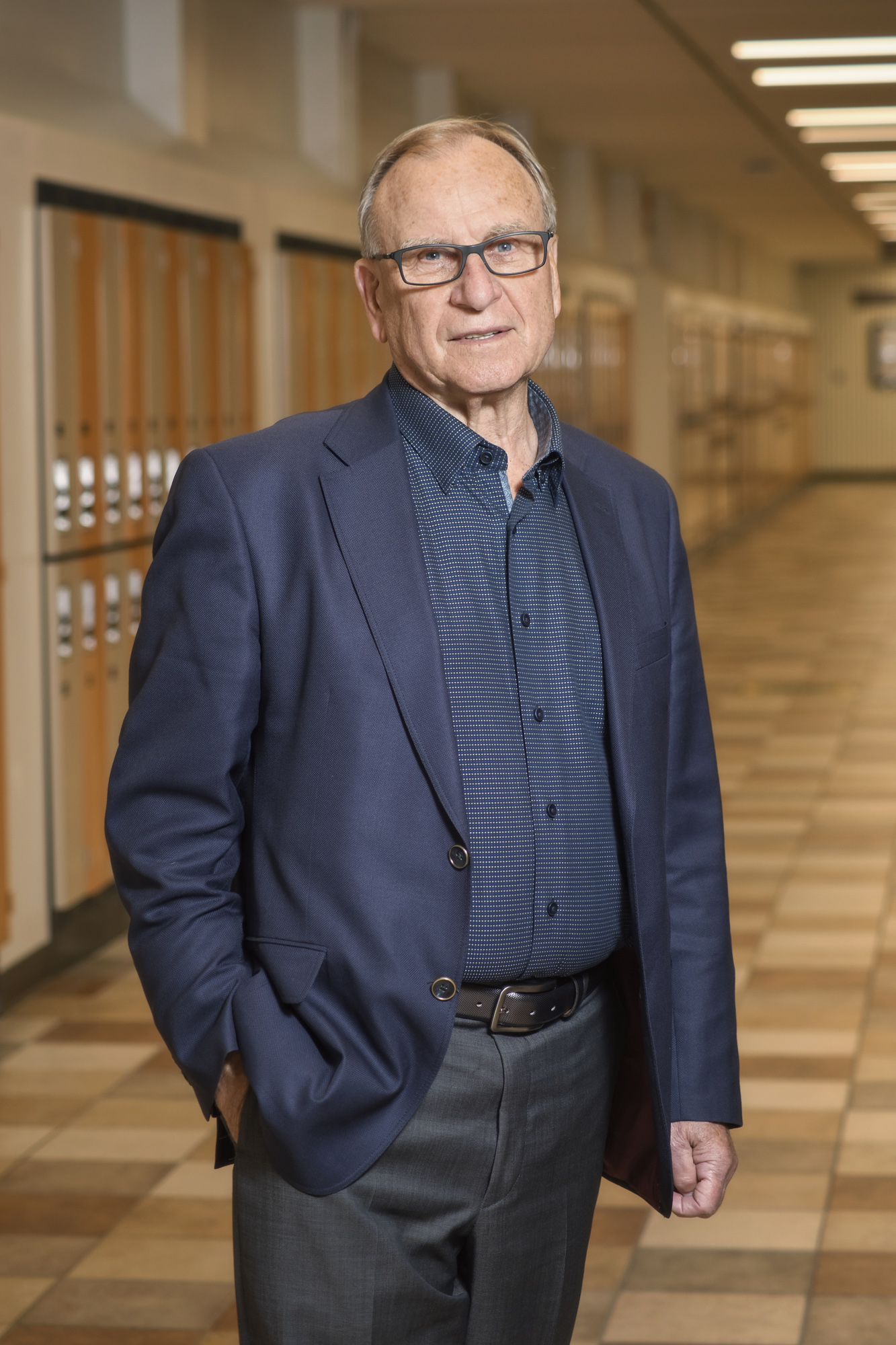
Carlyle Murray earned his degreee in 1981, taking classes on a part-time basis while he worked as a civil engineering technologist for engineering firm R. J. Genereux and Associates.
The Faculty has also encouraged women to consider careers in engineering, including by supporting the 30 by 30 initiative launched by the Association of Professional Engineers and Geoscientists of Saskatchewan (APEGS). 30 by 30 aims to increase the representation of women within the engineering profession, specifically with a goal of raising the percentage of newly licensed engineers who are women to 30 per cent by 2030. Margaret Anne Hodges BASc'88, a graduate in Electronic Systems Engineering, was the third female president of APEGS and served for three years as a 30 by 30 champion, encouraging girls and young women to think about engineering as a career.
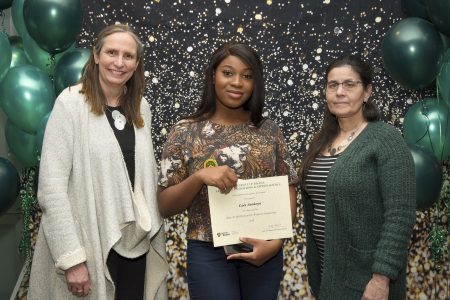
Alumna like Margaret Anne Hodges (left) and Engineering and Applied Science faculty member Denise Stilling (right) are just two of the individuals who are leading
the charge to get more women to enrol in engineering. Here, the pair present Lois Arokoyo with a 30 by 30 APEGS Award for Women in Engineering certificate for academic
achievement. The 30 by 30 initiative was launched by the Association of Professional Engineers and Geoscientists of Saskatchewan with an aim to increase the percentage
of newly licensed women engineers to 30 per cent by 2030.
"We are past the days when girls were told they couldn't be engineers," Hodges says, "but we may not be past asking girls why they would want to be engineers. The profession and engineering programs need to communicate better to the public about the role engineers play in society."
Over the past seven and a half decades, the Faculty has
grown remarkably. Engineering and Applied Science students now number more than one thousand and come from every corner of the world. Also increased is the number of opportunities for students to apply their learning outside the classroom. Long-standing student groups such as Cougar Racing, Regina Engineering Concrete Toboggan Team, Engineers Without Borders, and the Institute of Electrical
and Electronic Engineering, and newer groups such as U of R
Robotics, and the American Society of Heating, Refrigerating and Air-Conditioning Engineers are creating opportunities for students to engage in innovative collaborations that build connections and create memories that last a lifetime. And, the Faculty's continued involvement in EYES (Educating Youth
in Engineering and Science) summer camps ensures that
new generations are excited to pursue careers in science, technology, engineering and mathematics.
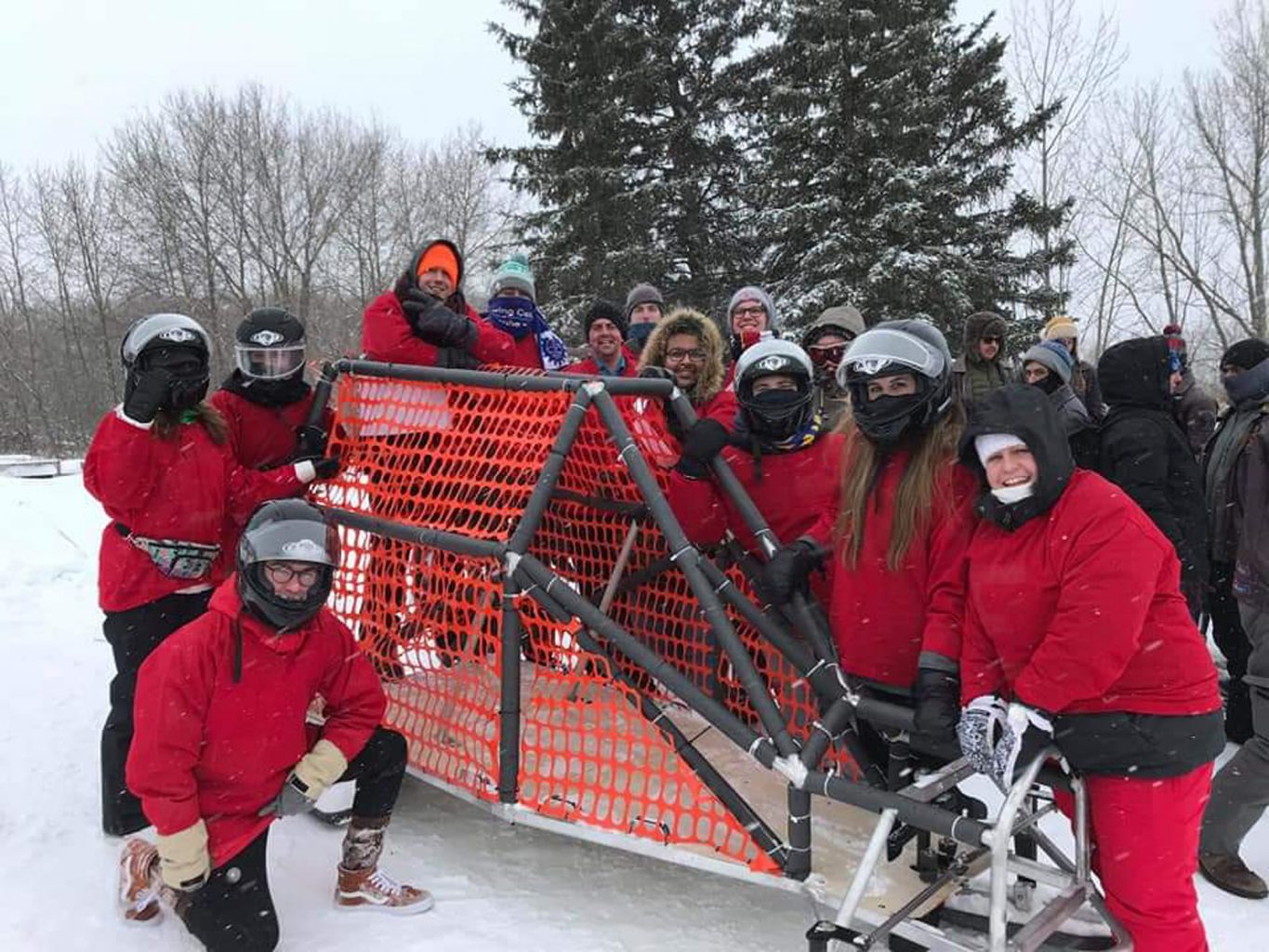
The faculty has a long and rich history of student groups such as the Regina Engineering Concrete
Toboggan Team. Other groups that have been bringing together students in fun and meaningful ways include Cougar Racing, Engineers Without Borders, the Institute of
Electrical and Electronic Engineering, and newer groups such as U of R Robotics, and the American Society of Heating, Refrigerating and Air-Conditioning.
Celebrating a 75th anniversary in strange times, which look to continue for a while, raises questions about what the future holds for the Faculty and its students. Gary Bosgoed and Art Opseth are upbeat, notwithstanding all of the uncertainties. Opseth looks forward to face-to-face learning returning, because that is one way that students learn from each other, especially when it comes to working as a team. Still, he thinks the current crop of grads will be all right. "They are resilient; they are going to be fine."
[post_title] => Celebrating a diamond jubilee
[post_excerpt] => As a junior college,
the U of S Regina Campus began offering first-year engineering courses. This year marks the 75th anniversary of what is now known as the Faculty of Engineering and Applied Science.
[post_status] => publish
[comment_status] => open
[ping_status] => open
[post_password] =>
[post_name] => celebrating-a-diamond-jubilee
[to_ping] =>
[pinged] =>
[post_modified] => 2020-12-01 13:26:30
[post_modified_gmt] => 2020-12-01 19:26:30
[post_content_filtered] =>
[post_parent] => 0
[guid] => https://www.degreesmagazine.ca/?p=4236
[menu_order] => 0
[post_type] => post
[post_mime_type] =>
[comment_count] => 0
[filter] => raw
)
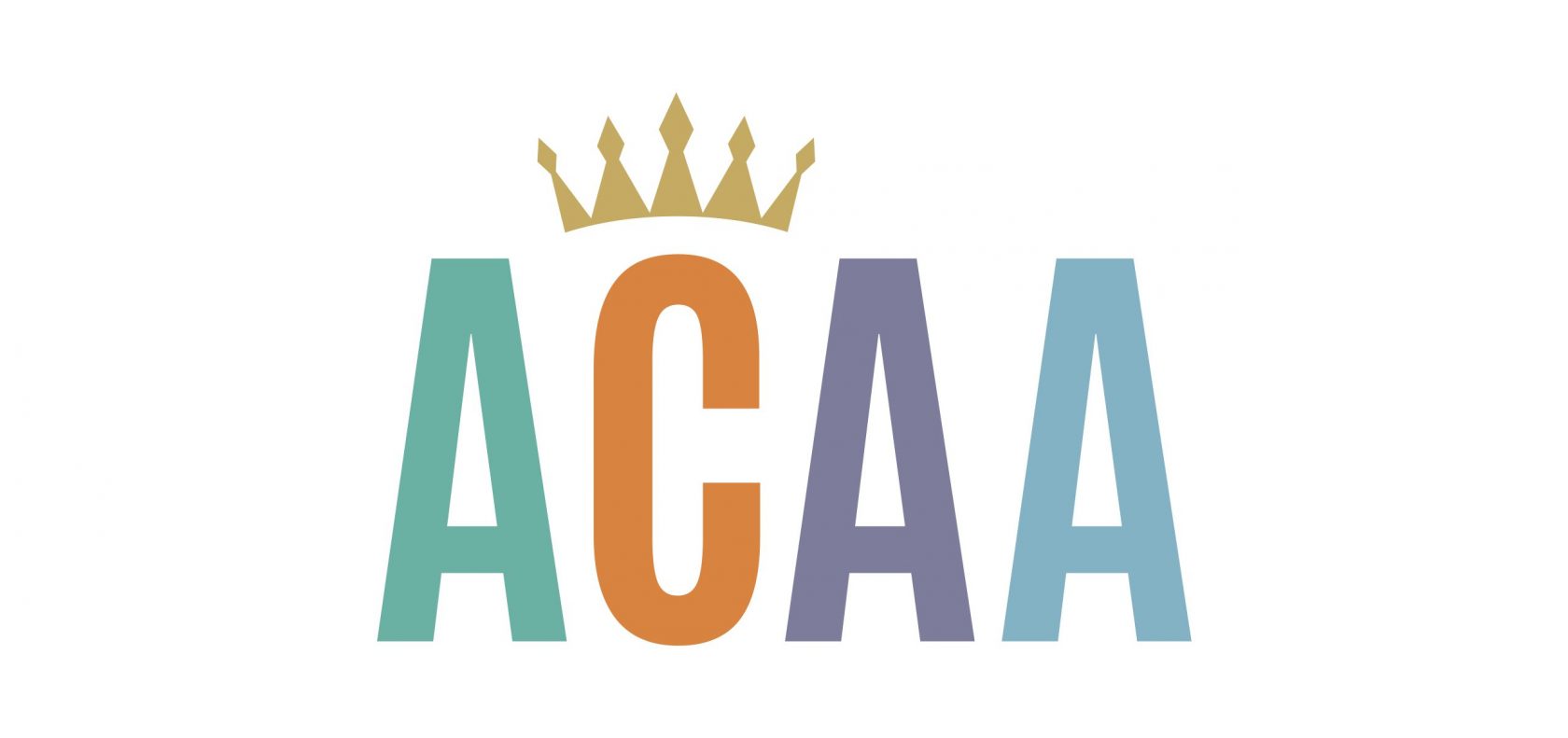


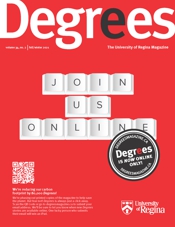

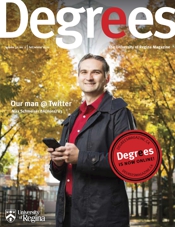



 Nicole Rodgers, a fourth-year Environmental Systems Engineering student and president of the Regina Engineering Students' Society.
Nicole Rodgers, a fourth-year Environmental Systems Engineering student and president of the Regina Engineering Students' Society.
 Dean Esam Hussein the Faculty of Engineering and Applied Science.
Dean Esam Hussein the Faculty of Engineering and Applied Science.
 Harald Berwald began working in what was called the Science Building on the original campus in 1971. He retired 43 years later. (Photo by Don Hall)
Harald Berwald began working in what was called the Science Building on the original campus in 1971. He retired 43 years later. (Photo by Don Hall)
 Engineering faculty members and then U of R president Lloyd Barber present the Bathtub Club cheque in 1985.
Engineering faculty members and then U of R president Lloyd Barber present the Bathtub Club cheque in 1985.

 Simi Falaye received his degree
in Software Systems Engineering in 2018 and participated in four co-op
work terms. (Photo by David Stobbe)
Simi Falaye received his degree
in Software Systems Engineering in 2018 and participated in four co-op
work terms. (Photo by David Stobbe)
 Gary Bosgoed earned his degree in Industrial Systems Engineering in 1983. He operates a consulting business in Edmonton and sits on the University's Board of Governors.
Gary Bosgoed earned his degree in Industrial Systems Engineering in 1983. He operates a consulting business in Edmonton and sits on the University's Board of Governors.
 Carlyle Murray earned his degreee in 1981, taking classes on a part-time basis while he worked as a civil engineering technologist for engineering firm R. J. Genereux and Associates.
Carlyle Murray earned his degreee in 1981, taking classes on a part-time basis while he worked as a civil engineering technologist for engineering firm R. J. Genereux and Associates.
 Alumna like Margaret Anne Hodges (left) and Engineering and Applied Science faculty member Denise Stilling (right) are just two of the individuals who are leading
the charge to get more women to enrol in engineering. Here, the pair present Lois Arokoyo with a 30 by 30 APEGS Award for Women in Engineering certificate for academic
achievement. The 30 by 30 initiative was launched by the Association of Professional Engineers and Geoscientists of Saskatchewan with an aim to increase the percentage
of newly licensed women engineers to 30 per cent by 2030.
Alumna like Margaret Anne Hodges (left) and Engineering and Applied Science faculty member Denise Stilling (right) are just two of the individuals who are leading
the charge to get more women to enrol in engineering. Here, the pair present Lois Arokoyo with a 30 by 30 APEGS Award for Women in Engineering certificate for academic
achievement. The 30 by 30 initiative was launched by the Association of Professional Engineers and Geoscientists of Saskatchewan with an aim to increase the percentage
of newly licensed women engineers to 30 per cent by 2030.
 The faculty has a long and rich history of student groups such as the Regina Engineering Concrete
Toboggan Team. Other groups that have been bringing together students in fun and meaningful ways include Cougar Racing, Engineers Without Borders, the Institute of
Electrical and Electronic Engineering, and newer groups such as U of R Robotics, and the American Society of Heating, Refrigerating and Air-Conditioning.
The faculty has a long and rich history of student groups such as the Regina Engineering Concrete
Toboggan Team. Other groups that have been bringing together students in fun and meaningful ways include Cougar Racing, Engineers Without Borders, the Institute of
Electrical and Electronic Engineering, and newer groups such as U of R Robotics, and the American Society of Heating, Refrigerating and Air-Conditioning.